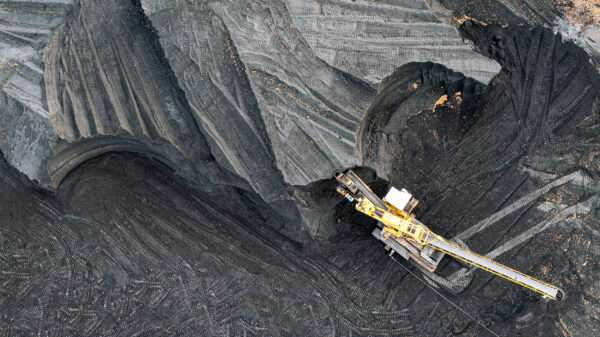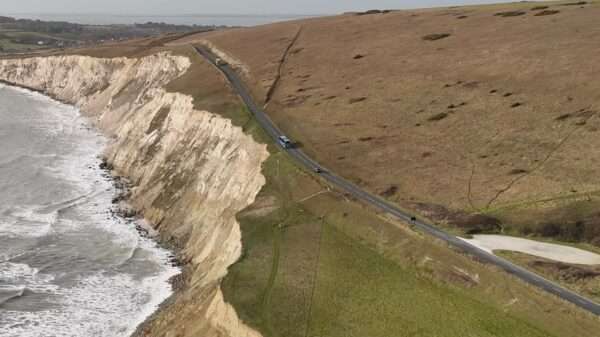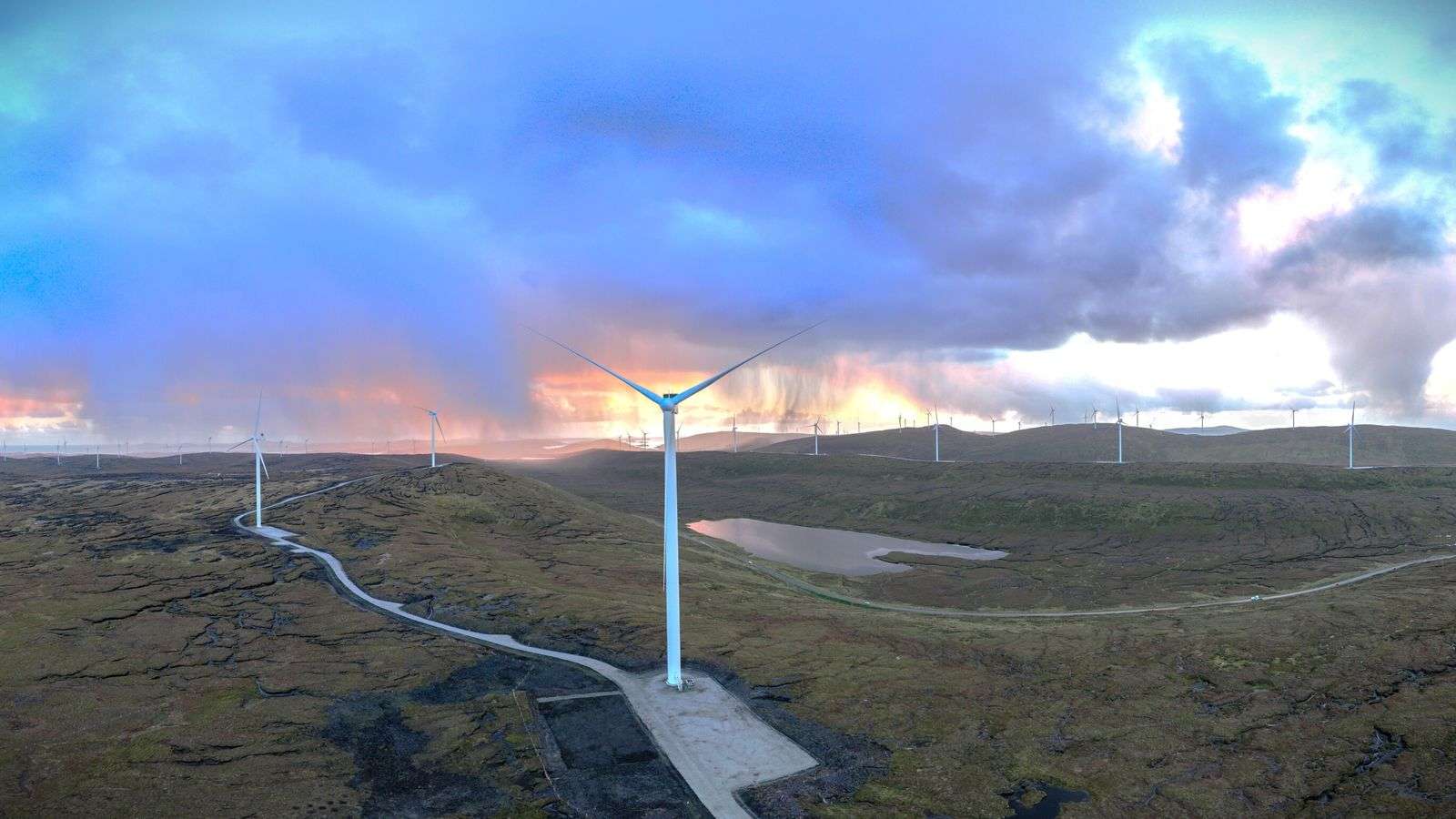The new wind farm project on the Shetland Isles marks a significant step forward in the United Kingdom’s renewable energy landscape. This ambitious development is set to harness the powerful winds that sweep across the Shetland Islands, providing a clean and sustainable energy source that could potentially power up to 500,000 homes. The installation of a subsea cable will play a pivotal role in this project, enabling the transfer of electricity generated on the islands to flow to the rest of the UK while also ensuring a reliable energy supply for Shetland itself.
The Shetland Isles, located off the northern coast of Scotland, are ideally situated for wind energy production due to their exposure to strong and consistent winds. The new wind farm, known as Viking Wind Farm, capitalizes on this advantage, consisting of over 100 turbines that will collectively generate 443 MW of electricity once fully operational. This is enough to supply power to approximately half a million homes, making it one of the largest onshore wind farms in the UK and a crucial component in the country’s efforts to achieve its renewable energy targets. The UK government aims to have net zero carbon emissions by 2050, and projects like the Viking Wind Farm are essential in meeting this goal.
A key feature of the project is the subsea cable that will connect the Shetland Isles to the Scottish mainland. This cable, known as the Shetland HVDC (High Voltage Direct Current) link, stretches over 260 kilometers across the seabed. The HVDC link is designed to efficiently transmit the electricity generated by the wind farm to the UK national grid, where it can be distributed to homes and businesses across the country. This infrastructure not only facilitates the export of renewable energy but also enables electricity to be sent back to the Shetland Isles when needed. As a result, the islands will benefit from a more stable and reliable power supply, reducing their dependency on traditional fossil fuel-based energy sources.
The Viking Wind Farm and the Shetland HVDC link represent a significant investment in the UK’s renewable energy infrastructure. The project is expected to provide substantial economic benefits to the region, including job creation and opportunities for local businesses. During the construction phase, hundreds of jobs will be created, and once the wind farm is operational, there will be ongoing roles related to maintenance and operation. Additionally, the project supports the local economy through supply chain opportunities, benefiting businesses in sectors such as engineering, construction, and transport.
Environmental considerations are also at the forefront of the Viking Wind Farm project. Efforts have been made to minimize the impact on the local ecosystem and wildlife. Detailed environmental impact assessments have been carried out, and measures are being implemented to protect sensitive habitats and species during the construction and operation of the wind farm. The project also aligns with broader environmental goals by significantly reducing greenhouse gas emissions compared to traditional fossil fuel-based power generation.
The new wind farm and subsea cable connection demonstrate the potential of renewable energy projects to transform local and national energy landscapes. By providing clean and sustainable energy to hundreds of thousands of homes, the Shetland wind farm not only contributes to the UK’s renewable energy targets but also highlights the importance of innovative infrastructure solutions, such as the HVDC link, in integrating renewable energy sources into the national grid. The ability to both export and import electricity ensures energy security for the Shetland Isles while making a significant contribution to the UK’s energy mix.
As the Viking Wind Farm comes online and the HVDC link is completed, the Shetland Isles will become a crucial hub for renewable energy in the UK. The project exemplifies how regions with abundant natural resources can play a pivotal role in the transition to a low-carbon future, and it stands as a testament to the UK’s commitment to sustainable energy development. This new development is not just about generating electricity; it’s about securing a cleaner, more sustainable future for the generations to come.








































